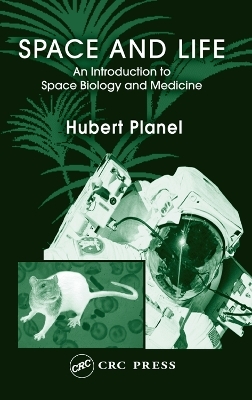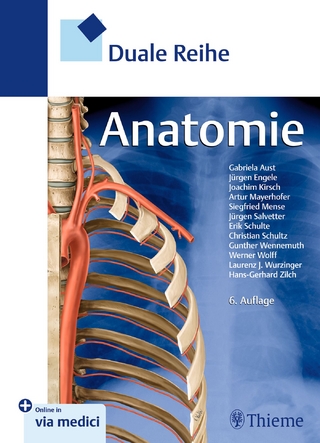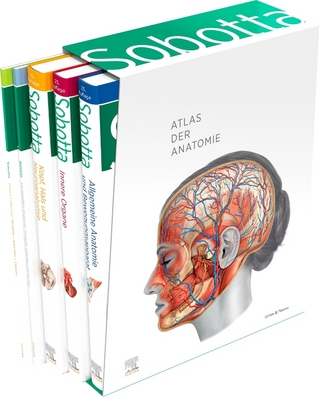
Space and Life
An Introduction to Space Biology and Medicine
Seiten
2004
CRC Press (Verlag)
978-0-415-31759-7 (ISBN)
CRC Press (Verlag)
978-0-415-31759-7 (ISBN)
Since our first manned space flights, we have learned much about how the human body adapts to the space environment and, in particular, to the absence of gravity. This book explains the how and why behind the puffy faces, nausea, and bone calcium loss so common to astronauts who experience zero gravity. It offers not only a survey of the main resul
Since our first manned space flights we have learned much about how the human body adapts to the space environment and in particular, to the absence of gravity. Today, space research provides a better understanding of our physiological response mechanisms to microgravity.
Space and Life: An Introduction to Space Biology and Medicine describes the results of space research in the context of core concepts in human physiology to depict the effects of both long-term and short-term absence of gravity on the human body. The book explains the scientific basis for the physiological reactions so common to astronauts who experience zero gravity, such as bone calcium loss, puffy faces, and nausea. It includes discussions of cosmic rays, cells, plants, embryonic development, and the origins of life on Earth from a space research standpoint.
Updating the current knowledge about how the human body adapts to the space environment and the absence of gravity, this book is ideal for space research scientists, physiologists, NASA employees, and students involved in space study.
Since our first manned space flights we have learned much about how the human body adapts to the space environment and in particular, to the absence of gravity. Today, space research provides a better understanding of our physiological response mechanisms to microgravity.
Space and Life: An Introduction to Space Biology and Medicine describes the results of space research in the context of core concepts in human physiology to depict the effects of both long-term and short-term absence of gravity on the human body. The book explains the scientific basis for the physiological reactions so common to astronauts who experience zero gravity, such as bone calcium loss, puffy faces, and nausea. It includes discussions of cosmic rays, cells, plants, embryonic development, and the origins of life on Earth from a space research standpoint.
Updating the current knowledge about how the human body adapts to the space environment and the absence of gravity, this book is ideal for space research scientists, physiologists, NASA employees, and students involved in space study.
Hubert Planel
Manned and Unmanned Missions. Manned Space Flights. An Extreme Environment. Gravity and Weightlessness. Physiological and Biological Effects of Weightlessness in Humans and Animals: The Cardiovascular Sysytem. The Skeletal System and Weightlessness. The Muscular System. The Vestibular Apparatus and Balance System. The Other Effects of Gravity and Weightlessness. Space Cell Biology. The Effects of Gravity and Weightlessness on Plants. Developmental Biology. Cosmic Radiation. Extraterrestrial Life.
| Erscheint lt. Verlag | 27.4.2004 |
|---|---|
| Verlagsort | London |
| Sprache | englisch |
| Maße | 156 x 234 mm |
| Gewicht | 190 g |
| Themenwelt | Medizin / Pharmazie ► Allgemeines / Lexika |
| Studium ► 1. Studienabschnitt (Vorklinik) ► Anatomie / Neuroanatomie | |
| Naturwissenschaften ► Biologie | |
| Technik ► Umwelttechnik / Biotechnologie | |
| ISBN-10 | 0-415-31759-2 / 0415317592 |
| ISBN-13 | 978-0-415-31759-7 / 9780415317597 |
| Zustand | Neuware |
| Informationen gemäß Produktsicherheitsverordnung (GPSR) | |
| Haben Sie eine Frage zum Produkt? |
Mehr entdecken
aus dem Bereich
aus dem Bereich
Struktur und Funktion
Buch | Softcover (2021)
Urban & Fischer in Elsevier (Verlag)
44,00 €
Buch | Hardcover (2022)
Urban & Fischer in Elsevier (Verlag)
220,00 €


